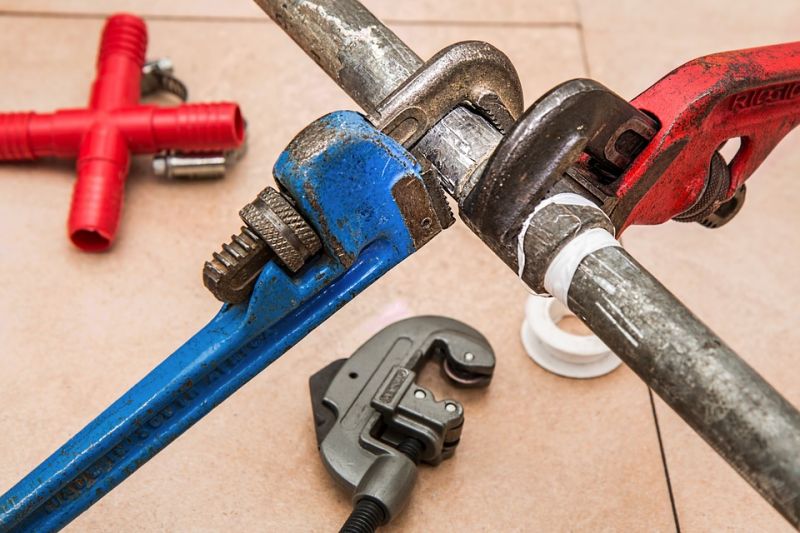Researchers Develop Model to Show How Bacteria Grow in Plumbing Systems
Published on by Water Network Research, Official research team of The Water Network in Academic
Bacteria in tap water can multiply when a faucet isn’t used for a few days, such as when a house is vacant over a week’s vacation, a new study from University of Illinois engineers found.
The study suggests a new method to show how microbial communities, including those responsible for illnesses like Legionnaires’ disease, may assemble inside the plumbing systems of homes and public buildings.
The findings are published in Nature's ISME Journal: Multidisciplinary Journal of Microbial Ecology.

Representative image: Pixabay
Fresh tap water is teeming with harmless microbial life, and water that sits for a few days inside pipes can contain millions of bacteria. Although incidents of waterborne infections resulting from indoor plumbing are rare, the new model may help public health authorities assess drinking-water quality.
“Previous studies have relied on reproducing the conditions of a stagnant plumbing system within a lab setting,” said co-author and civil and environmental engineering professor Wen-Tso Liu. “We were able to collect samples in a real-life situation.”
It is critical to pinpoint where in the plumbing network water samples have come from in order to determine the source of microbes. Since it is impossible to sample water directly from plumbing without ripping up pipes and knocking down walls, the researchers came up with another way to determine sample locations.
The team collected tap water samples from three closely monitored U. of I. dormitory buildings while closed during a school break. Taking steps to prevent outside contamination from plumbing fixtures or sampling equipment, they sampled from sink taps before building closure; while the water was fresh from the city supply; and again after the water sat in contact with the interior plumbing for a week.
“We performed a variety of analyses, including tests to determine the concentration of bacteria present in the before- and after-building-closure samples,” Liu said.
The lab results indicated the post-stagnation samples closest to the taps contained the highest concentrations of bacteria. The team also found that bacteria concentrations decreased significantly as the distance between the tap and pipe location increased. None of the samples in the study contained microbial species or cells concentrations that present a public health risk.
“Our results suggest that the increase in bacteria in the post-stagnation samples is a result of something occurring in the interior plumbing, not the outside city source, and in pipe segments closest to the taps,” Liu said.
Bacteria that live in tap water exist in two communities – those that float freely in the water and those that live in the films that line the sides of pipes, called biofilms. Biofilms are much like the films that we see growing on the glass in fish tanks, Liu said. The team believes that the bacteria they see in the post-stagnation samples came from interactions between the water and biofilms that exist inside the pipes closest to the taps.
The researchers determined the city water biofilm composition by sampling the interior parts of water meters that are routinely collected during the water utility's replacement program. Liu worked with the municipal water company to collect almost four years’ worth of discarded water meters, giving the team a large set of city biofilm data.
By combining the before- and after-stagnation data, the city biofilm "control" data and information from building blueprints, the team developed a model to test water quality inside almost any building.
Read full article: University of Illinois
Media
Taxonomy
- Drinking Water Security
- Drinking Water Treatment
- Drinking Water
- Infrastructure
- Integrated Infrastructure
- Urban Water Infrastructure
- Infrastructure Management
- Utility Pipe Network
- Pipes and Pipelines